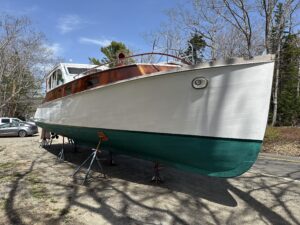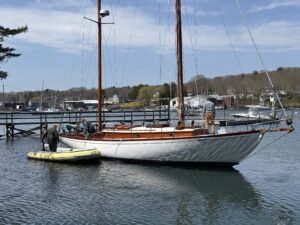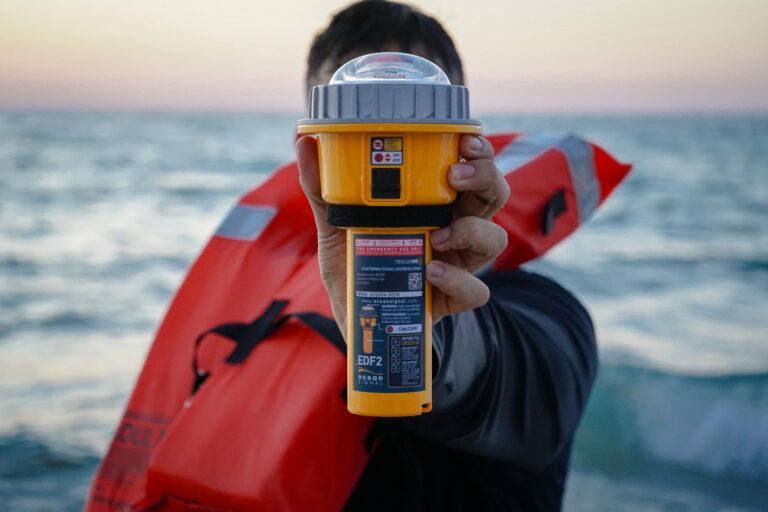When Walt and Kip Jones bought Geraldine in the fall of 2006, they knew the 46-foot Jarvis Newman-designed Maine lobster boat needed a complete refit.
But the boat had everything they wanted — a hull design known for easy motion in a seaway and enough cabin space to comfortably live aboard while cruising in Alaska. Investing in a refit made sense.


Built in 1985 by Wilbur Yachts in Southwest Harbor, Maine, for use as a research vessel, the hull is constructed of hand-laid fiberglass laminate an inch thick in some places (www.wilburyachts.com). The Joneses were confident it could take a beating.
Geraldine has a 15-foot beam, draws 4-1/2 feet, and is powered by a naturally aspirated, 12-liter 360-hp 8V92 Detroit Diesel. The 20-kilowatt generator has a hydraulic power takeoff to drive the prop shaft in the event of engine failure. There are helm stations in the pilothouse, cockpit and on the flybridge. Tankage includes 1,000 gallons of diesel, giving the boat a working range of about 1,500 nautical miles, and 200 gallons of fresh water.
The layout below includes a full galley, master stateroom with head and shower, and a second stateroom with head and shower. Abaft the main saloon is a large space previously used as a laboratory. It now houses the freezer, laundry and workshop. Topsides there is a mast fitted with a crow’s nest, handy for spotting ice in the Northwest Passage. At the bow, Wilbur Yachts installed a stainless-steel icebreaker with a 1/4-inch chiseled edge extending 2 feet above and 2 feet below the waterline to slice through pack ice.
The 21-month refit entailed replacing 80 percent of the boat’s electrical wiring. The engine room was insulated to reduce noise. All deck hardware, doors, windows, hatches and grabrails were removed, refurbished and reinstalled. Two feet were added to the overhang at the aft end of the pilothouse to provide more weather protection, and a compartment was built at the pilothouse helm station to house a laptop to run navigation software.
Wet core in the pilothouse needed correcting and ended up requiring a total reconstruction. Many upgrades were necessary to turn the former workboat into a yacht. Some of these included new electronics, 2,500-watt inverter, 400-gallon-per-day watermaker, 50,000 Btu heating system, refrigerator and freezer, washer and dryer, 14-hp bow thruster, and house batteries with a capacity of 1,200 amp hours.
“We knew we were going to be out in all kinds of weather conditions, and we wanted a seaworthy boat,” Jones says. “Geraldine has that ideal combination of good looks and safety.”
See related article: Northwest Passage
This article originally appeared in the August 2009 issue.










